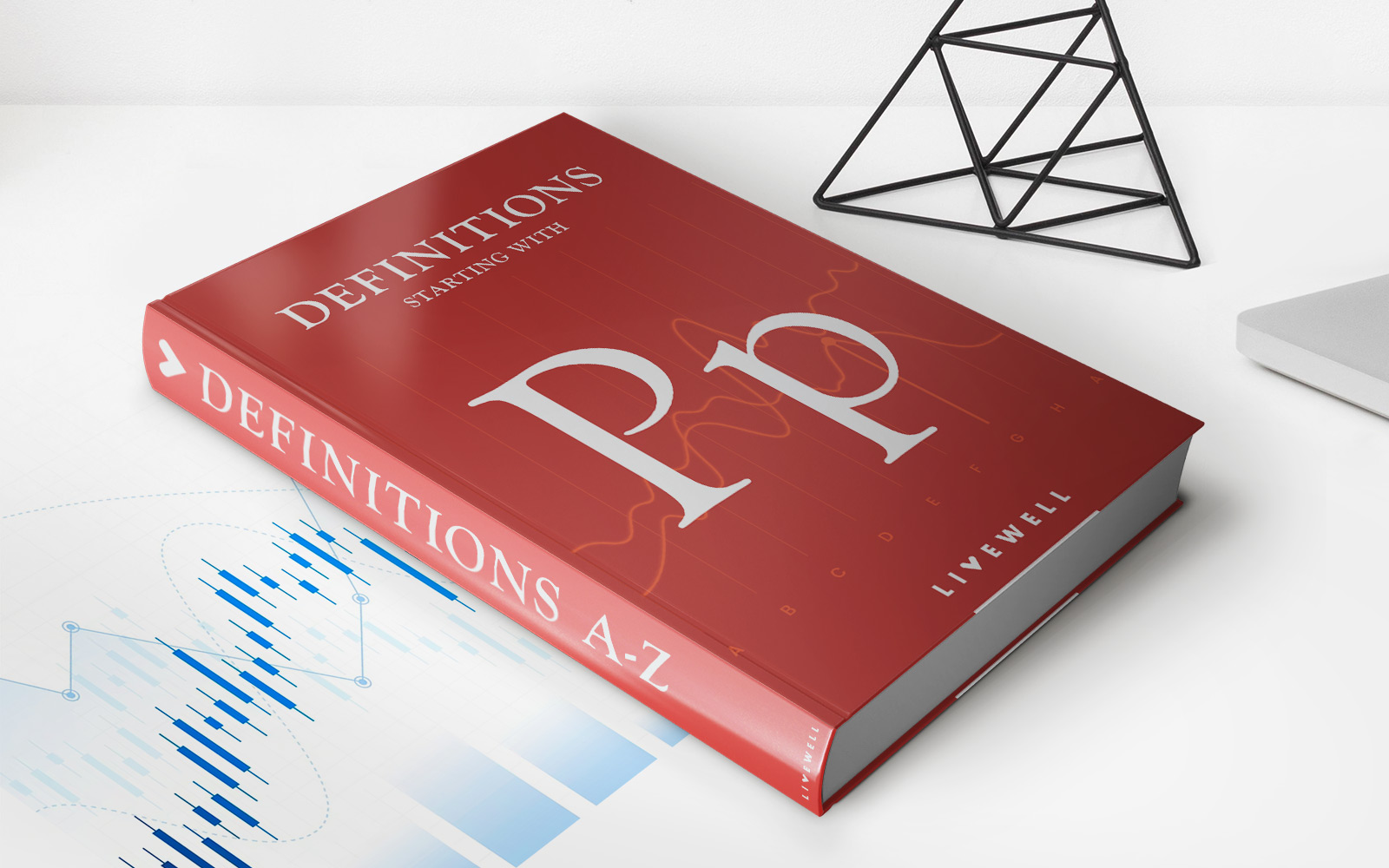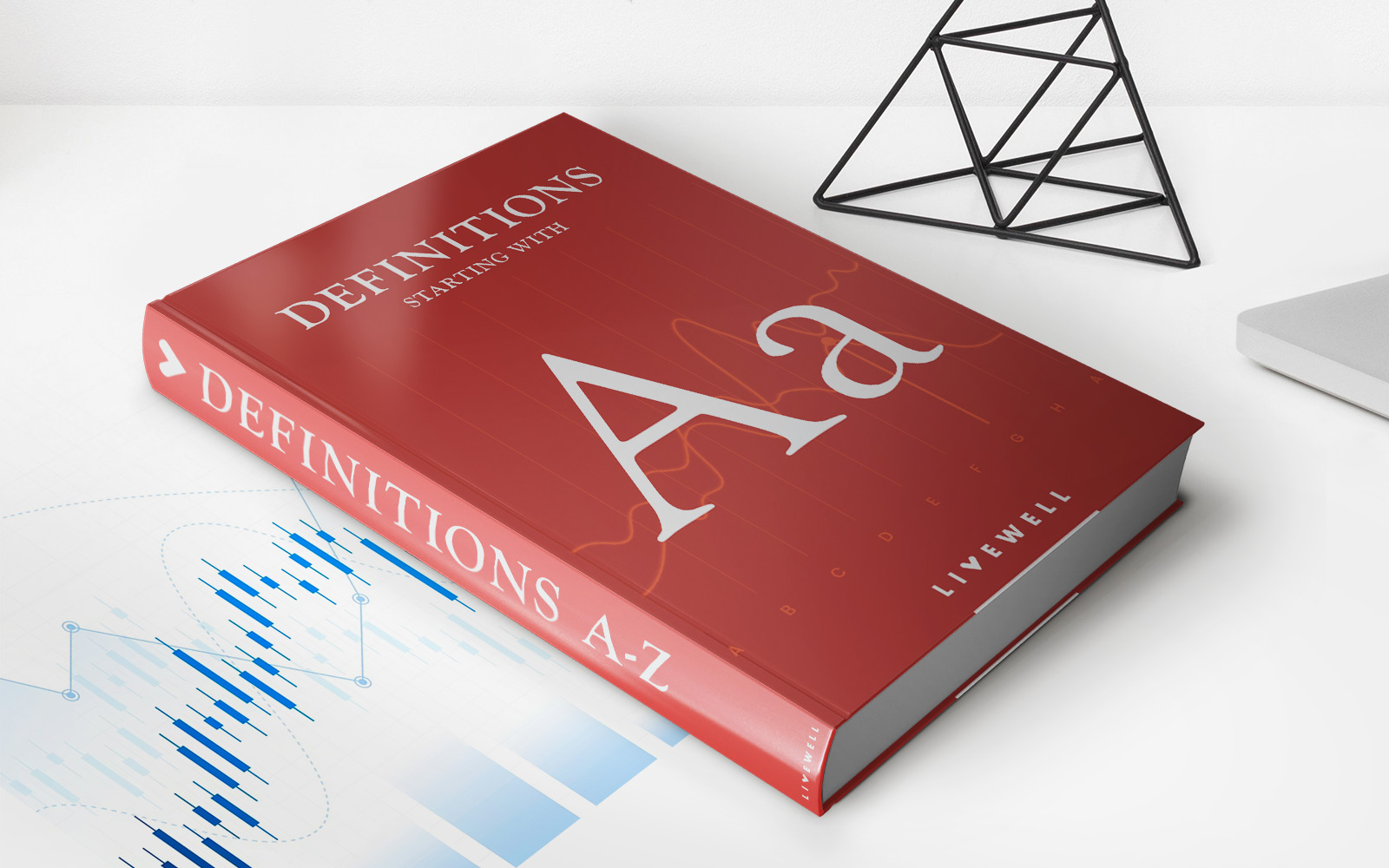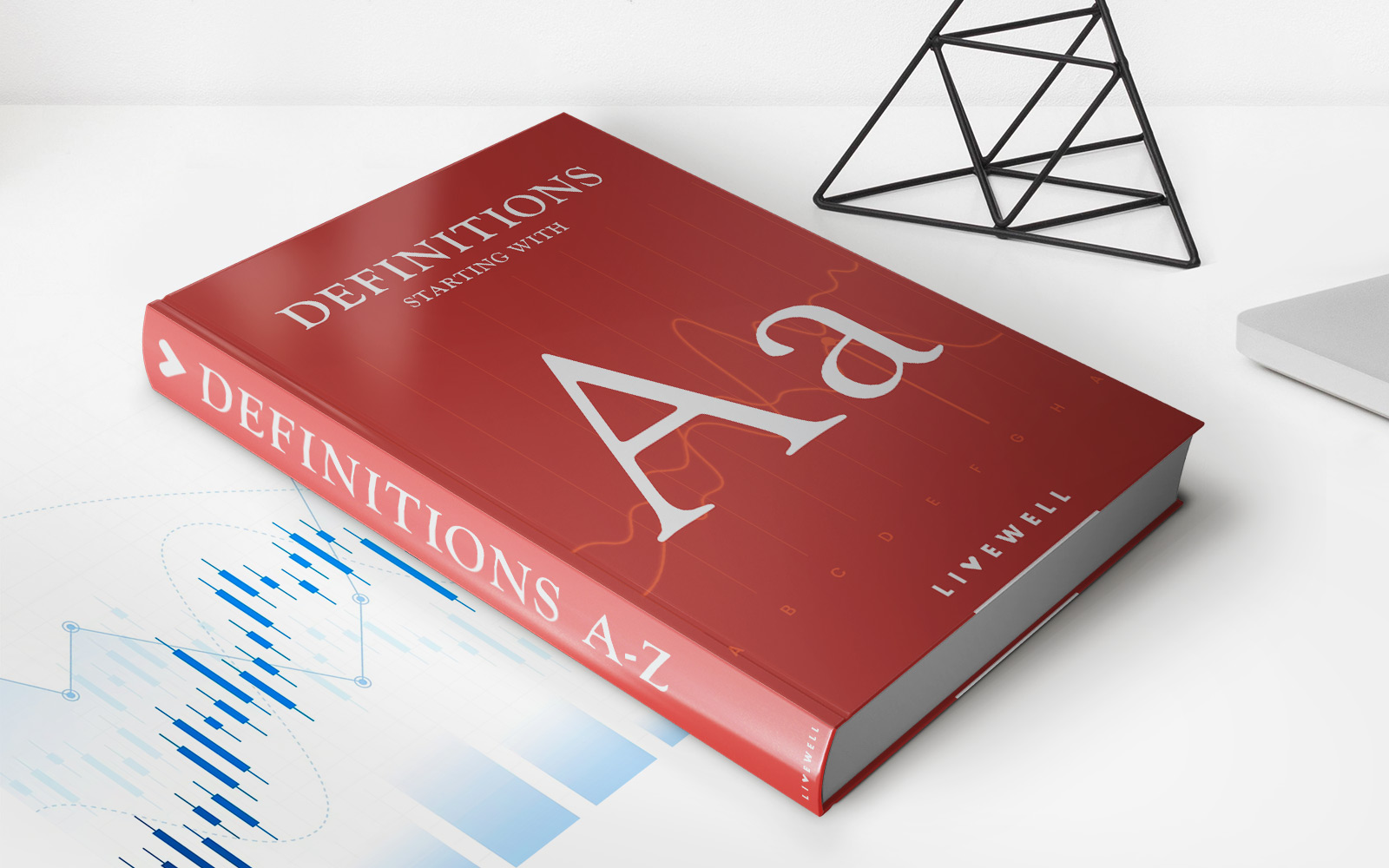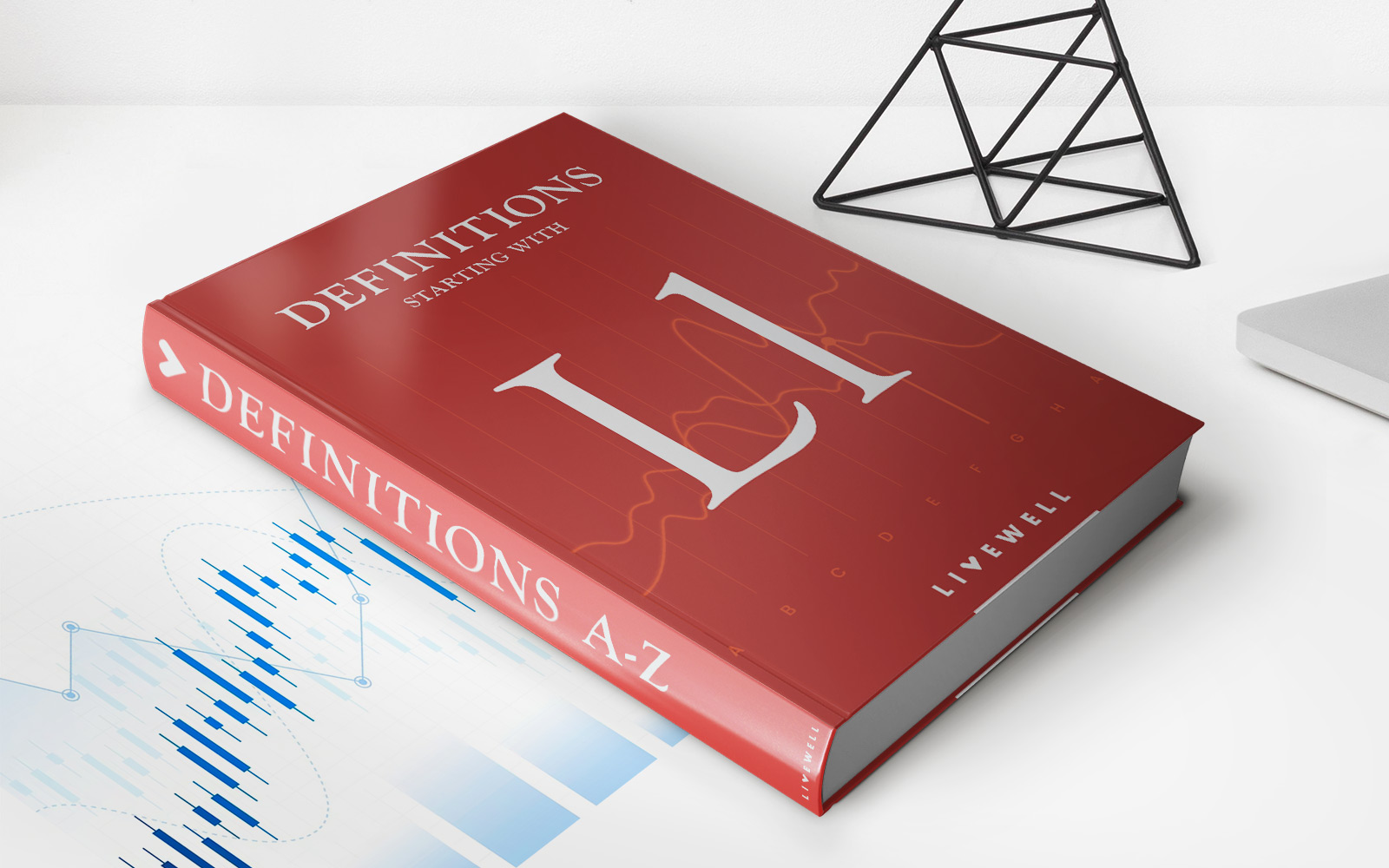

Finance
Problem Loan Ratio Definition
Published: January 12, 2024
Learn how the problem loan ratio is defined in finance and its significance. Understand how it impacts lending institutions and their financial health.
(Many of the links in this article redirect to a specific reviewed product. Your purchase of these products through affiliate links helps to generate commission for LiveWell, at no extra cost. Learn more)
Demystifying the Problem Loan Ratio Definition for Better Financial Understanding
Are you interested in diving deeper into the world of finance? Exploring the realm of problem loan ratios can be a great starting point. Whether you’re a budding investor, a finance enthusiast, or simply someone looking to expand their financial knowledge, understanding the problem loan ratio definition is crucial. In this blog post, we’ll break down the intricacies of the problem loan ratio, providing you with a comprehensive guide to help you make more informed financial decisions.
Key Takeaways:
- Problem loan ratio measures the percentage of a bank’s total loans that are considered problematic or at risk of default.
- It is an important indicator for assessing a bank’s credit quality and overall financial health.
What is a Problem Loan Ratio?
The problem loan ratio, also known as the non-performing loan ratio or the default rate, is a financial metric that measures the percentage of a bank’s total loans that are considered problematic or at risk of default. This ratio provides valuable insights into a bank’s credit quality and overall financial health.
Problem loan ratios are typically calculated by dividing the total value of problem loans by the total loan portfolio and multiplying the result by 100 to express it as a percentage. Problem loans can include non-performing loans, past-due loans, or loans considered risky due to factors such as borrower’s financial instability or economic downturns.
By tracking the problem loan ratio, banks can assess the quality of their loan portfolio and identify potential risks. A low problem loan ratio indicates a healthier loan portfolio with minimal risk, while a high ratio suggests a greater level of uncertainty and financial stress. This ratio is a vital tool for both investors and financial institutions in evaluating the stability of a bank.
Why is the Problem Loan Ratio Important?
The problem loan ratio is an essential metric for several reasons:
- Assessing Credit Quality: The ratio allows financial institutions to evaluate the quality of their credit portfolio by identifying problematic loans. It provides insights into the level of risk a bank may face and helps determine the adequacy of loan loss reserves.
- Predicting Financial Stress: A high problem loan ratio can be an early warning sign of potential financial stress within a bank. By closely monitoring this ratio, banks can take proactive measures to mitigate risks and avoid adverse consequences.
- Analysing Financial Health: Investors consider the problem loan ratio when analyzing a bank’s financial health. A lower ratio indicates the bank’s ability to maintain a healthy loan portfolio, making it an attractive investment option.
In summary, understanding the problem loan ratio definition is essential for anyone delving into the world of finance. By grasping this concept, you’ll be equipped with the knowledge to assess credit quality, predict financial stress, and evaluate a bank’s financial health. Stay informed and make informed financial decisions!













